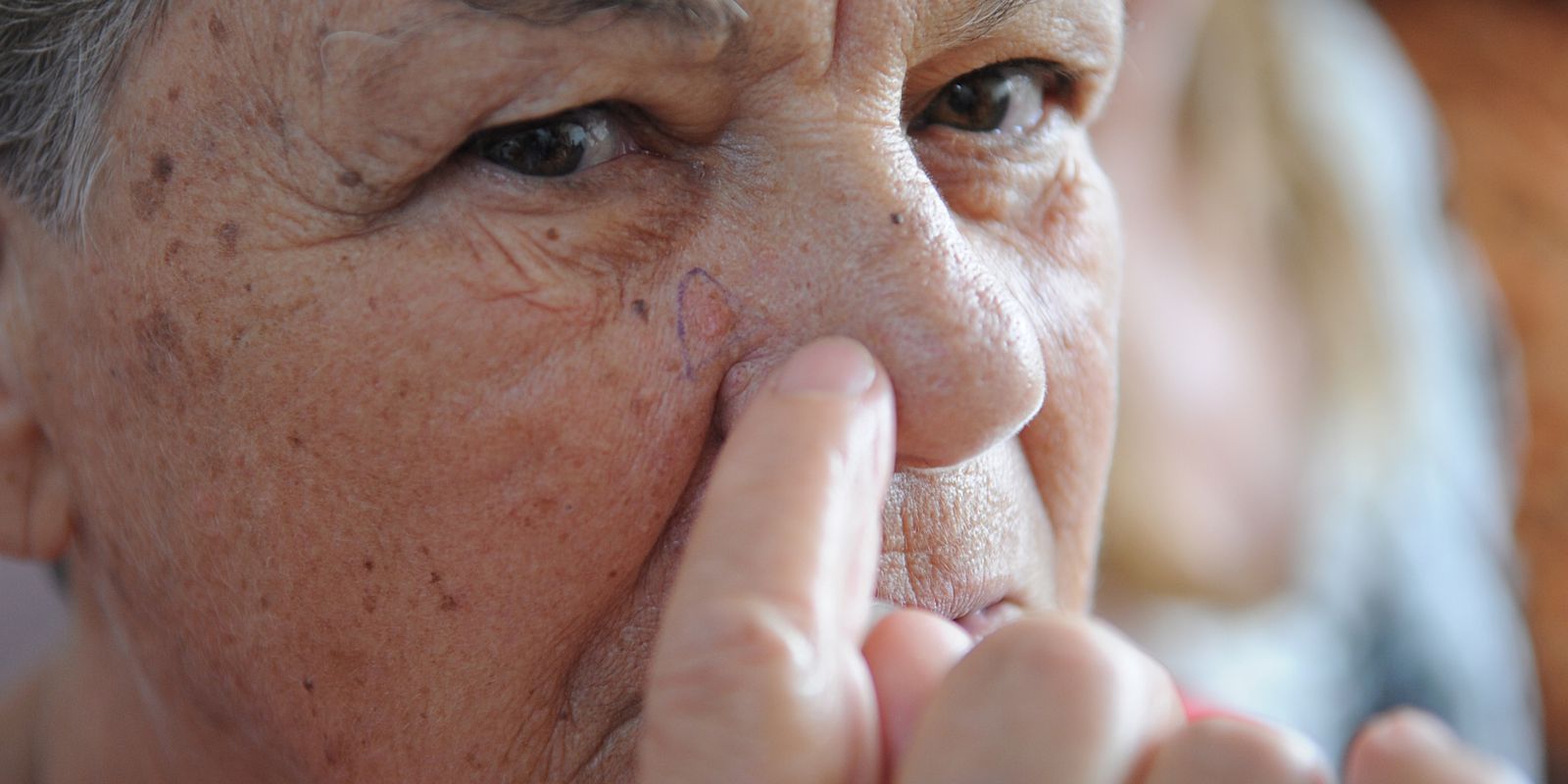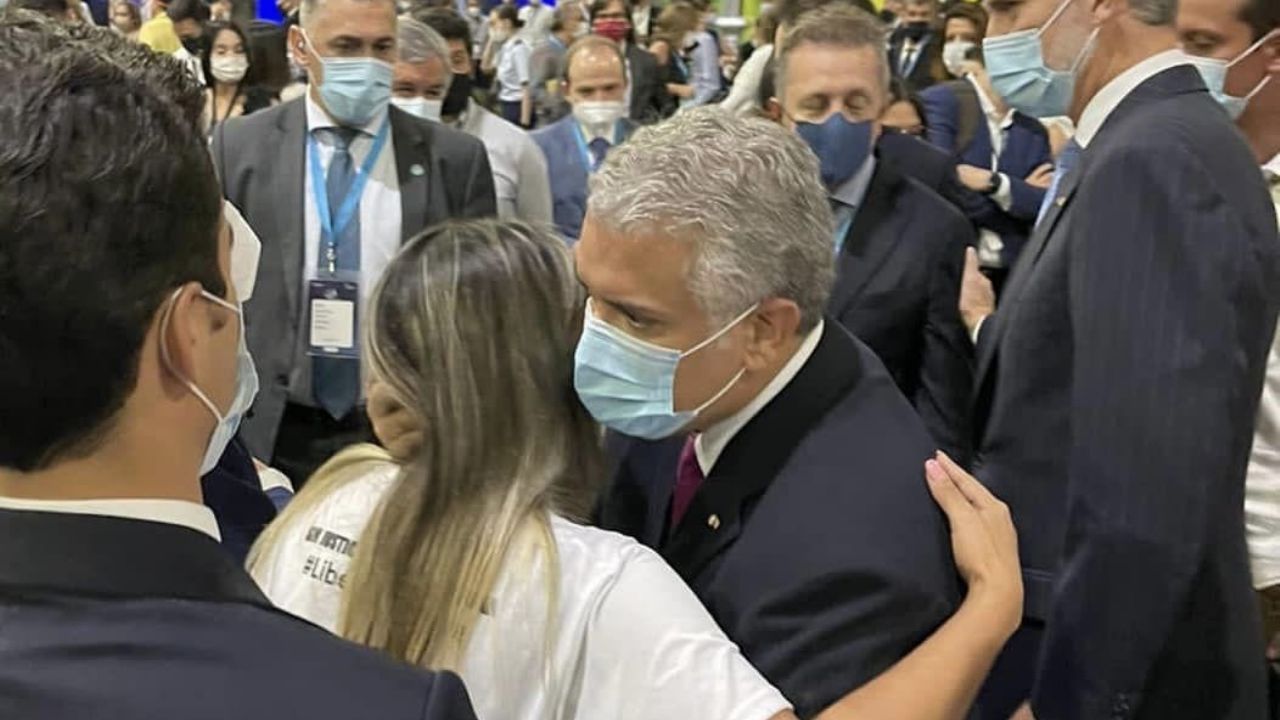This year’s December Orange campaign, promoted by the Brazilian Society of Dermatology (SBD), wants to combine care for the covid-19 pandemic with the prevention of skin cancer, with the theme “Add more protection factor to your summer”.
According to the coordinator of the SBD Department of Cutaneous Oncology and the December Orange 2021 campaign, Renato Bakos, the country is still experiencing this difficult period of pandemic, with a lot of care to maintain health. He added that, “with the approach of summer, it is natural that people want to expose themselves a little more to leisure, to the environment, and they may be subject to risks, such as sunburn and, therefore, they must also protect themselves against the skin cancer”.
The campaign recommends that, in addition to the use of alcohol gel, masks and respect for social distance, the population should adopt habits of photoprotection to ensure their health fully. The drop in morbidity and mortality indicators related to covid-19 raises the expectation that beaches and open spaces will once again be occupied, during the summer, with greater intensity. Bakos stated that, currently, there is an increasing awareness on the part of the population. “We realize that people are concerned about trying to avoid large ultraviolet exposures, whether choosing the proper time to be in the sun, wearing hats, shirts, sunscreen, looking for shades in times of very intense sun. These are all very valid recommendations.”
The campaign coordinator recalled that skin cancer has different types and that, in the event of suspicious signs and symptoms, the dermatologist should be consulted to make an early diagnosis. The type of skin cancer that requires more attention is melanoma, which is characterized as a dark spot that grows asymmetrically, with irregular edges, varied colors in shades of brown and black, and which will often reach a larger diameter. that six millimeters. “Signs like these are very alert for people to seek care (doctor). Or, for example, when you have wounds that don’t heal, lesions that bleed, warts that grow. All of this can be important.”
Risk factors
According to SBD, the self-examination routine facilitates the recognition of cases. With early diagnosis, most cases can be resolved, said the specialist. “That is why it is important to carry out revisions and always be aware of the presence of any suspicious lesions”.
Excessive and unprotected sun exposure throughout life, in addition to episodes of sunburn, are the main risk factors for skin cancer. Although this health problem can affect anyone, there are groups more likely to develop this type of cancer. These include people with light skin, hair and eyes, individuals with a family history of the disease, people with multiple moles on the body, and immunosuppressed or transplant patients.
Distribution
Renato Bakos informed that the distribution of skin cancer cases occurs throughout the country, although areas with a larger population also present, in absolute numbers, higher incidence. “But it is a problem that we find in different areas”. According to the Ministry of Health’s Oncology Panel, Brazil registered around 205.1800 skin cancer diagnoses between 2013 and 2021. In fact, the number may be much higher than that, if underreporting is considered. Only in May 2018, registration of the national health card and the International Statistical Classification of Diseases (ICD-10) became mandatory, which caused a significant increase in the number of case records. The panel was also created that year.
The numbers recorded by the platform show that, between 2013 and 2017, the proportion of new skin cancer diagnoses was approximately 4,000 each year. With the improvement of the tool and information flows, this number has significantly increased. Between 2018 and July 2021, the total number of registered skin cancer diagnoses reached 184,09 thousand, or about 46 thousand per year.
The states with the most cases of skin cancer, between 2013 and 2021, were São Paulo, with 52.87 thousand, Paraná (27.20 thousand), Rio Grande do Sul (27.05 thousand), Minas Gerais (22, 66 thousand) and Santa Catarina (16.97 thousand). The panel reveals that the region with the highest percentage in relation to the total number of records was the Southeast, with 42% of cases in the country. While the South has three states in the ranking of the five units of the Federation that most concentrated cases of skin cancer in the country in the mentioned period, with 34.7% of the national total, the North Region was the one with the least amount of accounts in the analyzed period – 2.7%. The Northeast accounted for 14.2% of all cases across the country and the Midwest for 6.3%.
From 2013 to 2021, the disease generated 374,000 hospitalizations in the public health system in Brazil and was the cause of death for almost 32,000 people, according to data from the Hospital Information System of the Unified Health System (SUS). São Paulo was the state that registered the highest volume of hospitalizations in the period (96.87 thousand), representing 26% of the total, followed by Paraná (57.41 thousand) and Rio Grande do Sul (38.59 thousand). In the period analyzed, the units of the Federation with the lowest records were Roraima (194), Acre (162), and Amapá (150).
The disease
The Brazilian Society of Dermatology clarified that skin cancer is caused by the abnormal growth of cells that make up the skin. This is the most common type of cancer in Brazil, informs the National Cancer Institute José Alencar Gomes da Silva (Inca). When discovered early, it has more than a 90% chance of cure. The disease accounts for 27% of all malignant tumors in the country, with basal cell and squamous cell carcinomas (non-melanoma) being responsible for about 180,000 new cases of the disease per year. Melanoma skin cancer has around 8,500 new cases per period. The incidence is higher than cancers of the prostate, breast, colon and rectum, lung and stomach.
Basal cell carcinoma is the most common skin cancer in the population, accounting for about 70% of cases. It manifests as raised pearly, shiny, or darkened lesions that grow slowly and bleed easily. In turn, squamous cell carcinoma appears as the second most common type of skin cancer in humans. It is equivalent to about 20% of the cases of the disease. It is characterized by verrucous lesions or wounds that do not heal after six weeks. They can cause pain and produce bleeding.
Melanoma, in turn, despite not being the most incident, is the most aggressive and potentially lethal. Despite accounting for only 10% of cases, it is the most serious skin cancer, because advanced conditions can cause metastases to other organs of the human body and lead to death. This type is usually made up of dark spots or spots that gradually grow and change color and shape. Lesions can also be accompanied by bleeding.
Accession
The December Orange campaign has been running since 2014. This year, actors Tony Ramos and Carmo Dalla Vecchia, singers Kelly Key and Karol Conká, model Claúdia Liz and journalists Tom Borges and Eliane Cantanhede, participate in voluntary participation. Public and private institutions also joined the initiative, such as the National Congress, the Federation of Industries of São Paulo, the National Council of Justice, the Federal Council of Medicine, state governments and city halls.









